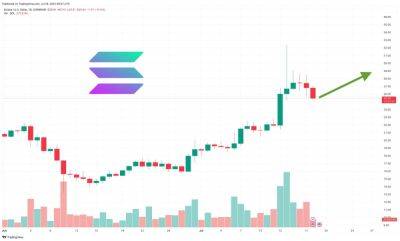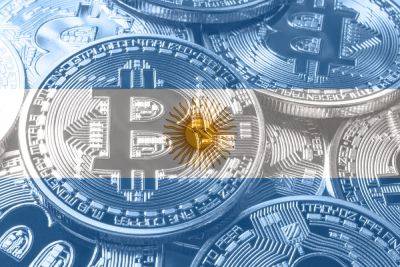This DeFi platform unlocks automated asset management for retail investors
Decentralized finance (DeFi) is one of the most critical use cases of blockchain technology. Despite the dramatic decline that has left the total value locked (TVL) in DeFi at about 20% of its peak ($248.8 billion in November 2021 compared to $48.6 billion in April 2023), the trend is here to stay and has the potential to recover in the coming years. The main argument for DeFi’s continued growth concerns the unmatched benefits of having financial services built on decentralized infrastructures.
As DeFi continues to evolve, crypto holders have access to many yield-generating opportunities. For example, decentralized exchanges (DEXs) reward liquidity providers (LPs) from the fees generated on their platforms. There are also other investment options like lending, staking or yield farming.
However, it is more difficult for retail investors to explore all these options. To begin with, investing in digital assets is a risky endeavor due to their high volatility. On top of that, providing liquidity on most large DEXs carries additional risks, such as impermanent loss.
Impermanent loss is a situation in which the value of the tokens deposited in liquidity pools turns out to be lower than if the tokens were simply held. This risk is inherent to most DEXs employing the automated market maker (AMM) model.
In fact, a study showed that around half the liquidity providers on Uniswap, the largest DEX by trading volume, can eventually lose money due to impermanent loss.
To make the most of DeFi, crypto users need to implement sophisticated strategies and treat yield farming as a professional asset management business rather than a get-rich-quick scheme. Professional fund managers have the best chances of winning in DeFi because they
Read more on cointelegraph.com


















